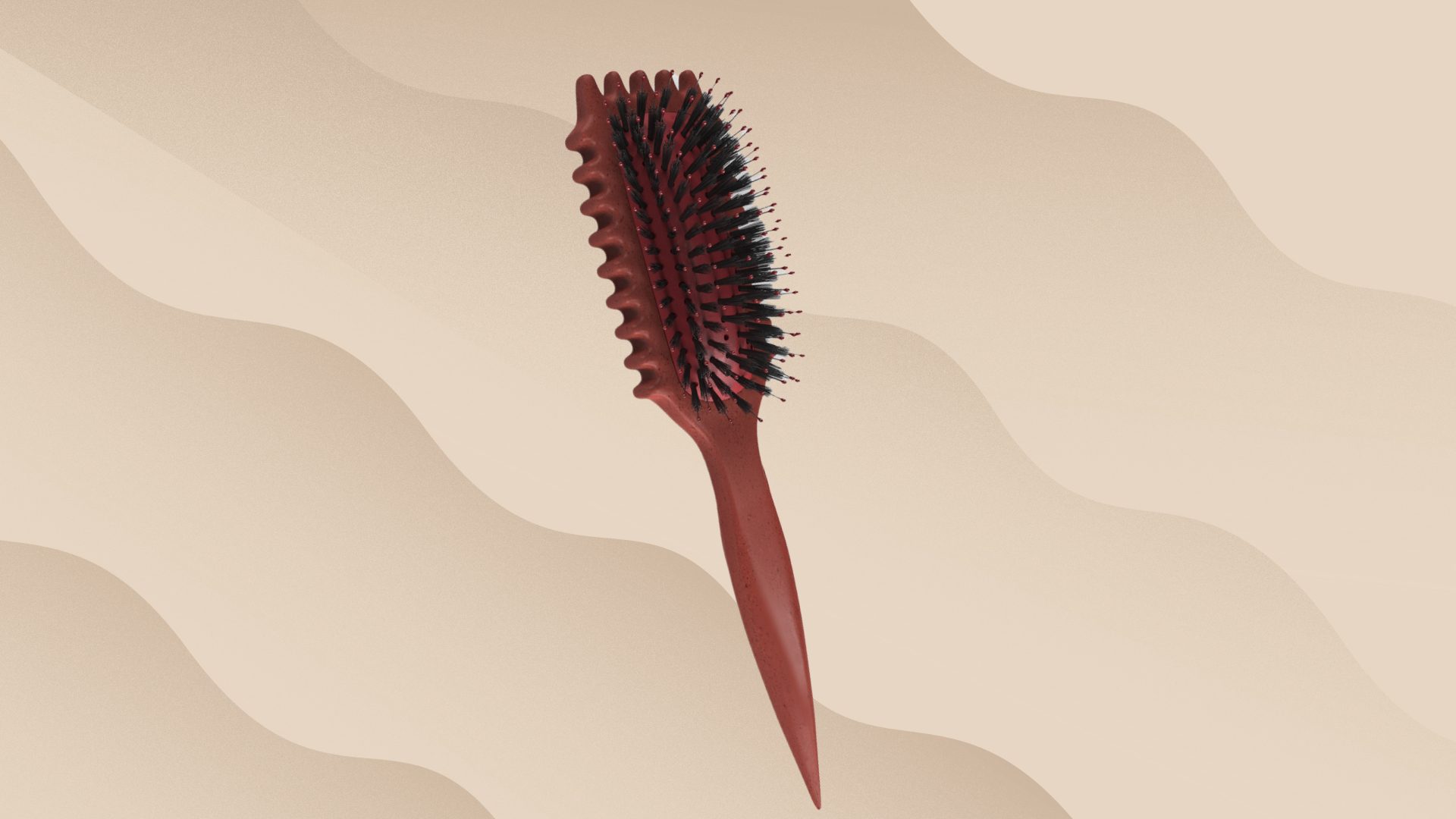
Ringworm of the scalp, also known as tinea capitis, is an infection caused by fungi. The type of fungi that causes tinea capitis is mold, which multiplies on keratin. Fungi that cause problems on the skin in animals and humans are called dermatophytes. The two types of dermatophytes that are of concern when dealing with tinea capitis are microsporum and trichophyton. Microsporum organisms can be passed on from animal to person while trichophyton organisms pass on person to person.
Who can get tinea capitis?
According to healthline.com, “anyone can develop ringworm. However, the infection is very common among children and people who own pet cats. You may be more likely to develop dermatophytosis (ringworm”> if you come into contact with the fungi while you’re wet or if you have minor skin injuries or abrasions. Using a public shower or public pool areas may also expose you to the infective fungi. If you’re often barefoot, you may develop ringworm of the feet. Those who often share items such as hairbrushes or unwashed clothing also have an increased risk of developing the infection.”
Types of infections that cause tinea capitis
- Endothrix infections are caused by microsporum fungi and invade the outer layer of the hair. With endothrix, you may experience itching, patches of scales on the scalp, and soreness of the scalp. When the infection escalates to the second stage, there may be patches of hair breakage with little black dotes inside the circular patch which is short stiff hair caused by the hair breakage.
- Ecotothrix infections attack the inner layer of the hair called the cortex. This causes hair breakage and damage and the type of fungi that causes ecotothrix infections are trichophyton. The hair breaks off easily with ecotothrix and leaves behind white stubble with in the ringworm patch. Within the patch they may be thin scales, they do not stick to the scalp. The scales might cover the short broken off hairs within the patch.
- Favus is a superficial dermatophyte infection usually caused by T schoenleinii and characterized by scutula. In most patients, favus is a severe form of tinea capitis, according to Medscape.
What does favus look like?
Derm Net says “Favus is characterised by yellow cup-shaped crusts (scutula”> that group together in patches like a piece of honeycomb, hence the name favus (Latin for “honeycomb””>. Each crust encircles a strand of hair, which pierces the centre and pokes out.”
“There appears to be 3 stages of the disease according to its severity.
- Stage 1: area around the hair follicles on the scalp becomes red and inflamed. Hair remains intact.
- Stage 2: yellow cup-shaped crusts (scutula”> form and hair starts to fall out.
- Stage 3: at least one third of the scalp is affected and there is extensive hair loss, atrophy and scarring.
The scutula form dense plaques that often harbor secondary bacterial infection. Removal of the plaques leaves a red, swollen moist base. A mousy odor is often present.”
How to treat tinea capitis
Ringworm can only be treated by a doctor. Extreme precaution should be taken when dealing with tinea capitis to make sure the infection does not spread to others. Healthline.com says, “Your doctor may prescribe various medications, depending on the severity of your ringworm infection. Ketoconazole is a prescription strength cream that is often used to treat fungal infections. Over-the-counter medications and skin creams may be recommended for use as well. Over-the-counter products may contain clotrimazole, miconazole, or other related ingredients.”
You can also use 2.5% selenium sulphide shampoo to help reduce the spore production period. Treatments are given for 4 to 8 weeks, sometimes longer, to make sure the problem is solved.
What you can do at home?
Healthline points out that “in addition to prescription and over-the-counter medication, your doctor may recommend that you care for your infection at home by practicing some of the following behaviors, including:
- avoiding clothing that irritates the infected area
- washing bedding and clothes daily during an infection
- cleaning and drying your skin regularly”
“If you have been scratching your skin frequently due to the infection, you may also develop a staph or strep infection of the skin. Your doctor may prescribe antibiotics to treat this bacterial infection as you continue your treatment for the ringworm.”
This article is written by Sophia Emmanuel, a certified IAT trichologist and licensed cosmetologist.







